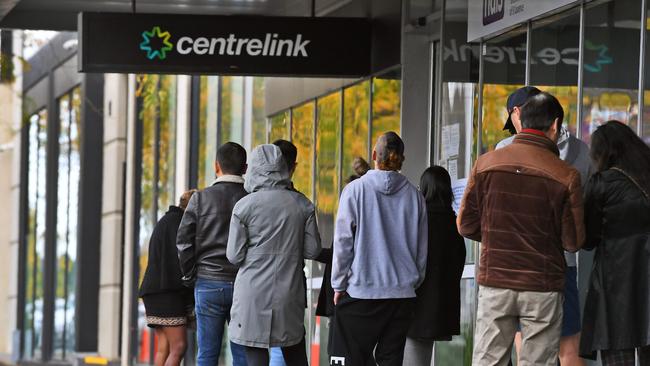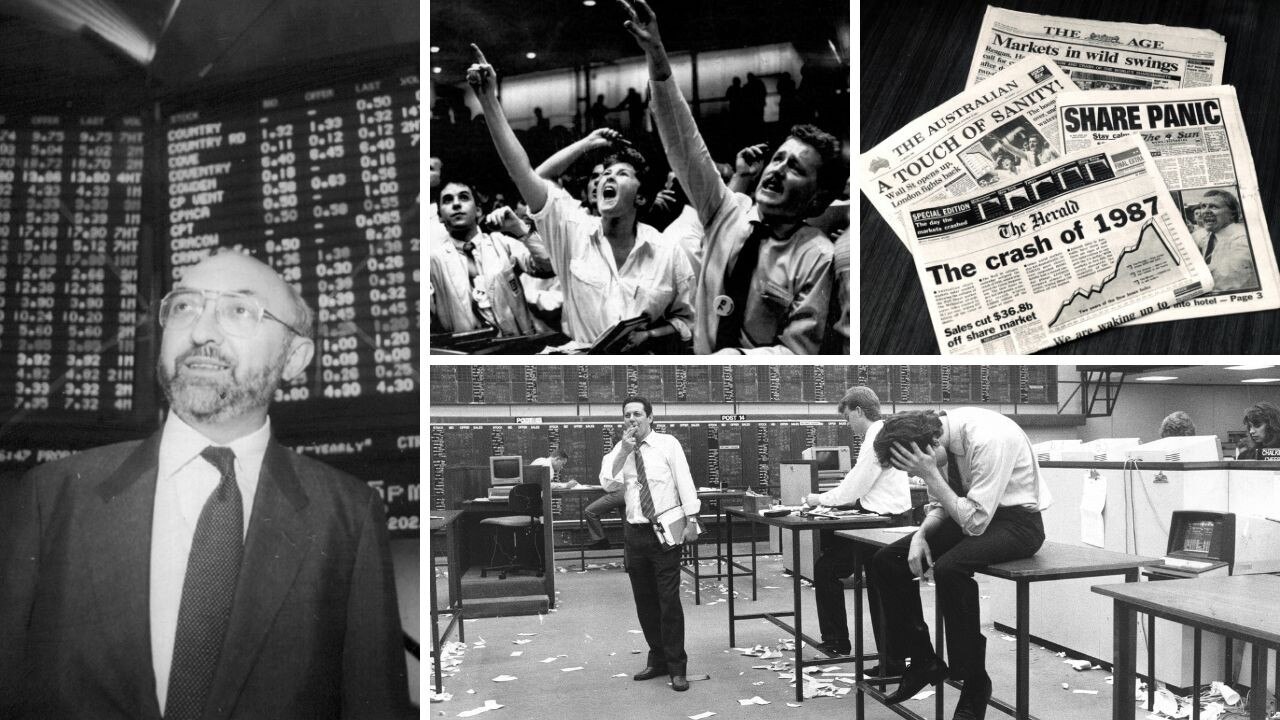Terry McCrann: What happens when JobKeeper runs out?
JobKeeper has kept workers in their jobs and boosted the broader economy. But what happens when it stops, asks Terry McCrann.

Terry McCrann
Don't miss out on the headlines from Terry McCrann. Followed categories will be added to My News.
So, the Reserve Bank says JobKeeper ‘saved’ at least 700,000 jobs through July.
So, that’s the figure that’s both before Victoria threw one-quarter of the national economy into deep freeze, but also before the state then opened itself up and is in the process of also providing something of a supercharger for the national economy running down to Christmas.
The RBA’s measuring is fairly crude. As indeed it had to be.
We’ve never been here before – where first the government ordered the economy into recession, prohibited businesses from functioning, effectively ordering people to lose their jobs; and then sprayed tens and indeed hundreds of billions of dollars around trying to offset all that.
As I wrote, right back at the start of this – indeed, before the idea seemed to have filtered through in Canberra – as a consequence the government had a moral duty to do something like JobKeeper; to pay employers directly for not sacking workers.
It was also quite simply a – no-brainer – ‘two-fer’: to keep workers in touch with their jobs (and keep businesses alive) and boost the economy more broadly.
JobKeeper ended up being paid to 3.5 million workers – that is roughly one in every four.
Now, as I’ve also been writing, it would be wrong to conclude that, but for JobKeeper, all 3.5 million would have been sacked.
I’ve suggested that maybe one million of the 3.5 million would have been – and that number needed to be added on to the official jobless numbers (plus those that had just quit looking for work) to get the ‘real’ jobless totals through the year.
The RBA has come up with (at least) 700,000 on what seems to be the essentially crude assessment that one in five of the 3.5 million would have been sacked without JobKeeper.
Importantly, it has not included any estimate for the jobs that have been saved by the spending, not just of the 700,000 that would have been on the much lower JobSeeker payment, but indeed of the other 2.8 million and their employers that also got the JobKeeper billions.

So I suggest it’s fair to argue that, but for JobKeeper, at least a million more would have been jobless, pretty much all through the year.
Not doing JobKeeper would have been both unimaginable and the worst economic policy decision in our history; and not surprisingly, Treasurer Josh Frydenberg seized on what he saw as a ringing endorsement from the RBA analysis.
He also made the point that with 650,000 jobs created over the past five months – I would have used the word ‘recovered’ – around 80 per cent of those who had lost their jobs or had their working hours reduced were now back at work.
Now, that’s great – and indeed, the real jobs recovery number right up to now would be around 100,000 on top of that – because of the recent good news out of Victoria.
But it really poses the big, big question: where are we headed now?
Putting aside any disaster on the virus front – like Europe’s second wave which is actually looking much more like its real first wave –we are now going to see what happens to those 3.5 million JobKeeper jobs as JobKeeper is cut.
The first cut was at the end of September, then again at the end of December, and it goes entirely at the end of March.
Crudely, what happens to the RBA’s 700,000 (my one million) ‘saved jobs’, as the payment shrinks and goes away on the one hand, while the economy continues to pick up steam.
It certainly picked up steam in the September quarter, even with Victoria and one-quarter of the national economy locked down.
It is clearly doing much, much better in the current December quarter – I’d estimate the GDP growth rate in this quarter will be more than double that of the September quarter.
Even without the virus resurging, the March quarter will be much more problematic, because of the remaining real-world bans on a wide range of business activity, especially around incoming short and longer term arrivals. On the best case we will exit the March quarter – and JobKeeper –with a higher jobless number than a year ago.
And then every business will have to decide whether there’s a real job – and not just for the 700,000/one million under discussion, but all 3.5 million getting the subsidy.
Originally published as Terry McCrann: What happens when JobKeeper runs out?



